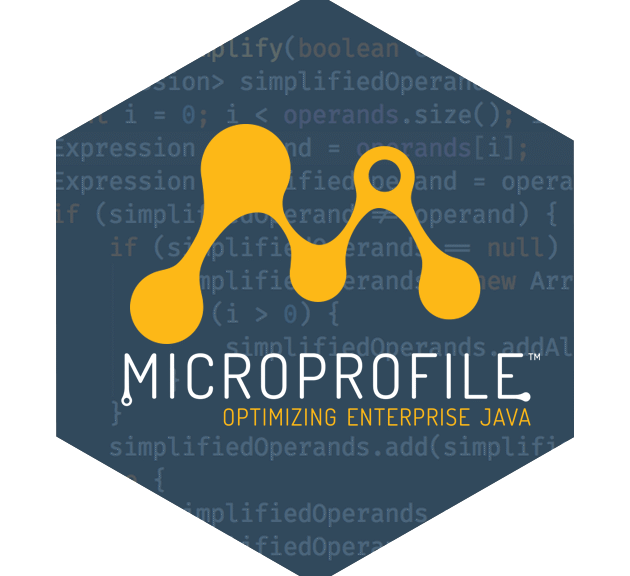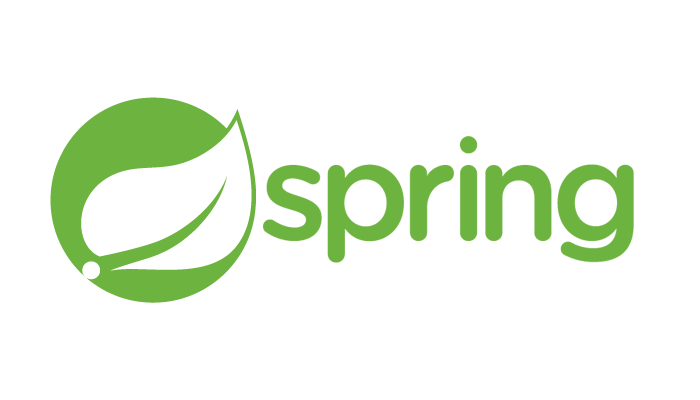 5 minutes
5 minutes
The Payara Monthly Catch – November 2025
November has been one of the busiest months of the year for the Java and Jakarta EE ecosystem. With […]

Java programming language can be enhanced with specifications. An specification is a baseline platform definition – a framework – to guide concrete implementations.
One of these specifications is called MicroProfile. But what is MicroProfile specification, what is it used for and why might you need it?
This blog explains all.
The MicroProfile specification is a set of Enterprise Java APIs and technologies, designed to help with the challenge of building microservices architectures in Java.
They are intended to be used on top of Jakarta EE APIs to add specific functionalities that are needed when developing microservices.

Jakarta EE is a set of software components that extend Java SE – the standard edition Java programming language – with ways to perform the functions particularly useful for an enterprise application. You can read our previous blog ‘What is Jakarta EE?’ for more information.
Microservices refer to a software architecture style where your application is structured in small code, granular modules or services. Services can then be deployed and maintained independently from each other. Read our ‘Explaining Microservices: No Nonsense Guide for Decision Makers’ for more information about microservices.
MicroProfile has ready-made APIs to deal with common challenges in microservices architecture. It means you can use MicroProfile APIs, rather than write custom code to fix some problems. For example:
Both MicroProfile and Jakarta EE are managed by the Eclipse Foundation, a not-for-profit software corporation that stewards many open source projects.
MicroProfile is open source, so anyone can get involved in the project. The Eclipse Foundation manages the MicroProfile Working Group, an open forum where different vendors work together to build the brand, establish the technical roadmap, define the rules around compatibility and what makes a MicroProfile compatible implementation.
Like Jakarta EE, each MicroProfile API has a Technology Compatibility Kit (TCK), a test suite your software has to pass to prove it is compatible with the API.
Compatible implementations will follow the specifications and pass the TCKs.
MicroProfile, like Jakarta EE, is designed to work with a runtime. A runtime is a program where your application runs. It handles HTTP requests sent by its clients over the internet. A MicroProfile runtime will need to pass the TCKs to be a compatible implementation – and allow you to use your applications with MicroProfile!
Many different vendors have created MicroProfile compatible runtimes, including Payara. Payara Micro is our lightweight solution: MicroProfile and Jakarta EE compatible and designed for containerized Jakarta EE and MicroProfile deployments.
Share:
 5 minutes
5 minutes
November has been one of the busiest months of the year for the Java and Jakarta EE ecosystem. With […]
 3 minutes
3 minutes
Working with enterprise Java databases can sometimes feel like swimming upstream. Jakarta EE 11’s Jakarta Data helps developers glide […]
 2 minutes
2 minutes
The recent releases of Spring Framework 7.0 and Spring Data 2025.1.0 mark an important milestone for the Java ecosystem, […]
Great info!
Precise, concisely, clear and well structured.
Thanks!